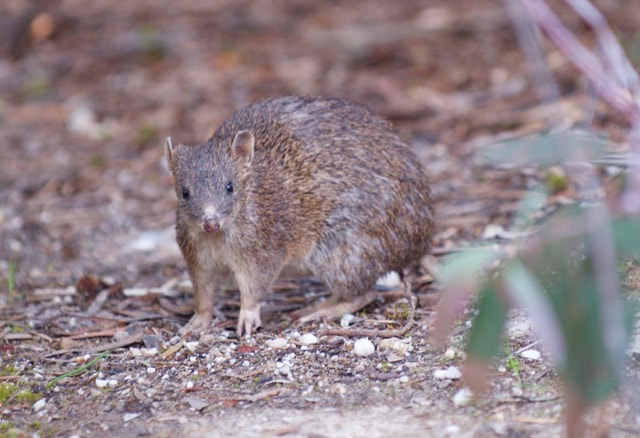Anna MacDonaldI'm a biologist with interests in genetics, conservation, ecology, invasive species, and wildlife management. Archives
May 2019
Categories
All
|
Back to Blog
Click here to read the full post at WildlifeSNPits
As many people know, two of my favourite topics are bandicoots and environmental DNA (eDNA). So I’m very excited about the online debut of my latest paper “A framework for developing and validating taxon-specific primers for specimen identification from environmental DNA” at Molecular Ecology Resources, which includes both bandicoots and eDNA. eDNA analysis is the analysis of DNA from environmental samples, which can include soil, water and animal faeces. eDNA studies can make valuable contributions to wildlife management, including management of invasive species, and conservation. Some animals are elusive, so relying on direct observations alone may not provide a true picture of where these species occur or which habitats they prefer to spend time in. eDNA detection, in conjunction with physical trapping, camera traps, and other survey data, has potential to improve our understanding of wildlife distributions. We may also want to learn about interactions between different species: predator-prey interactions are one example. This is where scat DNA is especially useful, as we can detect DNA from food remains in scats from a wide range of animals, including predators and herbivores. However… if we are going to use eDNA to guide management actions, which often require considerable investments of time and resources, we need to make sure that our eDNA studies are well-designed and reliable. Many eDNA tests use PCR and DNA sequencing methods to detect a single species or a group of closely-related species. These rely on the development of species-specific or taxon-specific PCR primers. We need to be confident that these primers will reproducibly detect the target species AND that they won’t also detect DNA from other wildlife that will be mistaken for the target species...
0 Comments
Read More
Leave a Reply. |
 RSS Feed
RSS Feed
